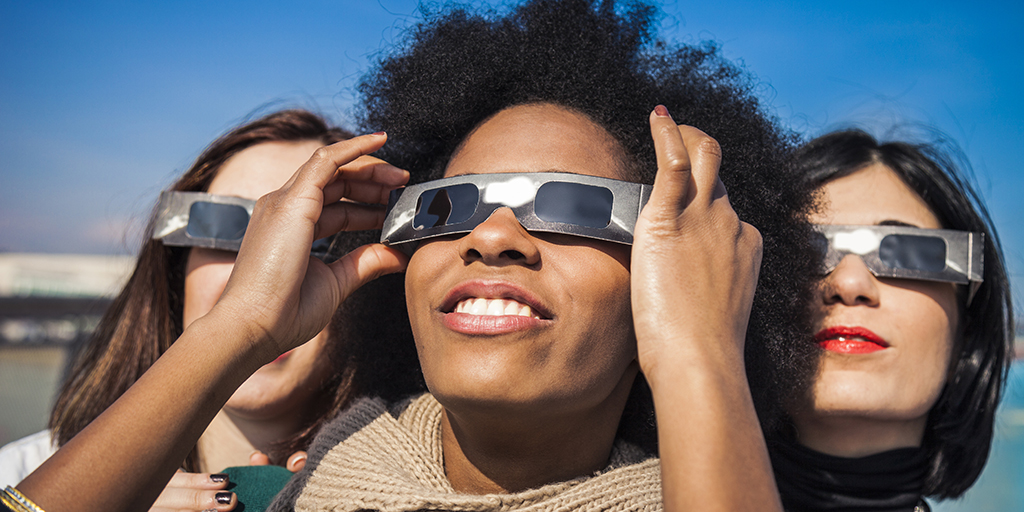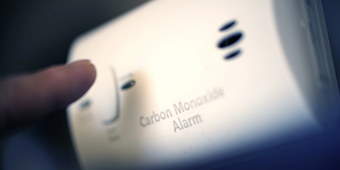Danger in Dayton: Why Eclipse Protection Matters More Here

Answer a few questions and we'll provide you with a list of primary care providers that best fit your needs.
Next week's celestial sky show will draw big crowds anxious to see the moon covering the sun. If you’re planning to watch, be sure to protect your eyes.
The April 8 total solar eclipse will cross North America, including parts of Mexico, the United States, and Canada. The Dayton area is in the path of totality and will experience this phenomenon close to 3:00 p.m.
Regular sunglasses cannot protect your eyes from damage caused by the sun’s rays. Even a quick peek can do permanent harm. Symptoms appear one to six months later and include:
- Vision changes
- Eye pain
- Sensitivity to light
If you are using “eclipse glasses,” make sure they are properly certified. Eyewear should be printed with an ISO 12312-2 designation. Learn about protective eclipse eyewear and filters for cameras and binoculars from the American Astronomical Society and the National Science Foundation.
Can’t find eclipse glasses? Don't worry. There are other ways to see the eclipse without damaging your eyes.
The pinhole projection method allows you to indirectly view the eclipse without special eyewear. If you have paper or a cardboard box, aluminum foil and a pin, you can safely see the eclipse. Watch this short video from NASA to learn how to make a pinhole projector.
Finally, if you find yourself driving during the solar phenomenon, don’t drive and look at the eclipse. Pull over and put on the glasses.
Answer a few questions and we'll provide you with a list of primary care providers that best fit your needs.
National Aeronautics and Space Administration (NASA), American Astronomical Society, National Science Foundation




